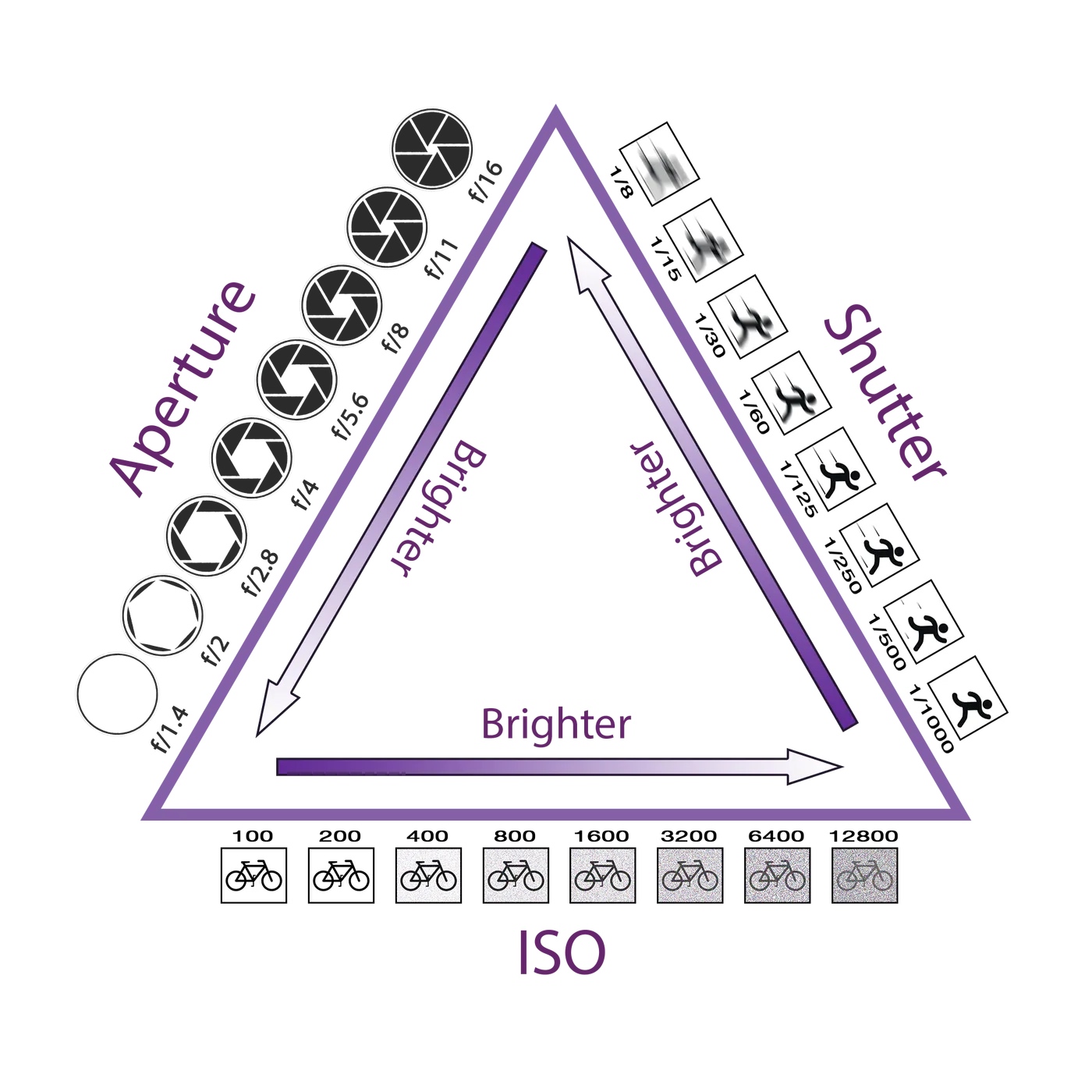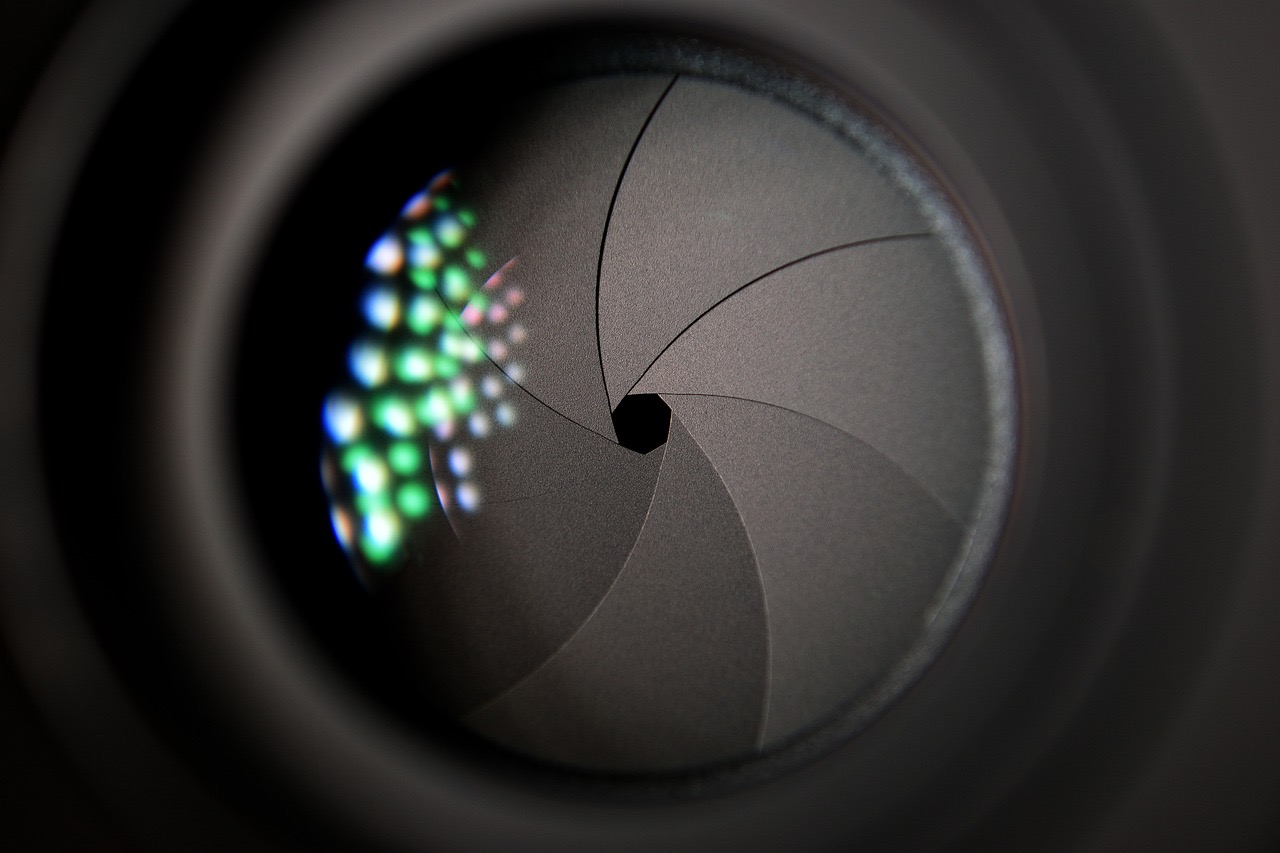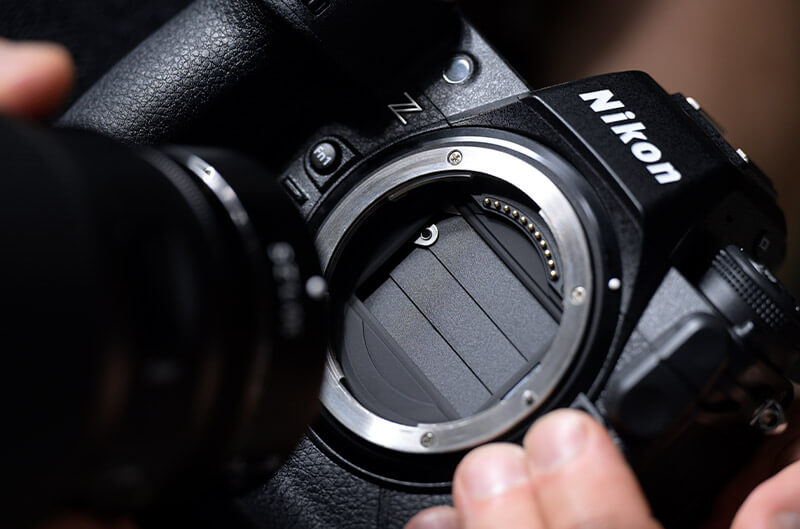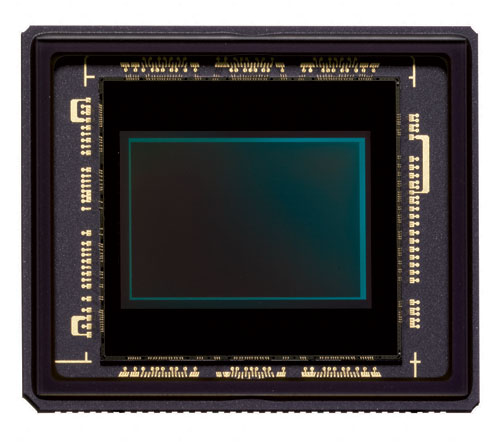Nailing photograph exposure is a hallmark skill of photography, and in this piece, we discuss some of the most important things to consider.

When taking photographs, it’s important to dial in the correct exposure to ensure the right amount of light. Too little light results in a dark or underexposed image, while too much of it can result in an overly bright or overexposed image.
Understanding camera exposure
Camera exposure is comprised of Aperture and Shutter speed, which control the amount of light that enters a camera. A third thing, known as ISO, affects a camera sensor’s sensitivity and may be used to compensate in challenging photograph situations.
You may or may not have heard about the exposure triangle, which essentially exists to demonstrate how changing one of the three exposure elements can affect the other two. It reminds us that any changes to an exposure element are compromises and that it’s good practice to adjust the other two elements accordingly to ensure the proper exposure.
In today’s piece, we’ll discuss what the three different exposure elements are and the best time to adjust them when taking photos or in camera settings to ensure optimal photographs in all conditions.
Aperture
The first element of exposure is the aperture, which is essentially the size of the hole in your lens that regulates how much light can pass into the camera sensor.

Aperture is generally represented as an f number, also known as an f stop. Paradoxically, a lower f number represents a larger aperture (or a larger hole), while a larger f number represents a smaller aperture (or a smaller hole).
A larger aperture hole, such as f/1.2, f/1.4, or f/1.8, lets a lot more light into the camera than a smaller aperture hole, such as f/5.6, f/8, or even f/22.
Larger aperture camera lenses are often referred to as “fast” camera lenses because the larger aperture hole (smaller f number) permits more light to flood the camera sensor more quickly. Meaning, you can use a shorter exposure time to capture properly exposed photographs.
When you have a “slow” camera lens or one with a smaller aperture hole (larger f number), it takes more time for the sensor to gather enough light. As a result, you need a longer exposure time to capture properly exposed photographs.
It’s worth noting that aperture also impacts depth of field, but that’s something we’ll discuss in another piece since today’s topic is exposure.
Shutter speed
Another element of exposure is shutter speed, or the amount of time light can bombard the sensor before the shutter closes it off. At that point, collected light data is processed into a photograph and saved as an image file.

Shutter speed is usually represented in seconds. You might see a number followed by quotes, which represents full seconds, or a decimal or fraction, which represents a split second.
For example, if you see a shutter speed of 2”, then this equates to two seconds. Alternatively, a shutter speed of ½ or .5 equates to one-half of a second.
Shutter speed rates vary from one camera to another. At the long range, you might be able to capture up to 30 seconds of light to maximize light exposure. On the short range, this can drop to as little as 1/500th of a second of light to minimize light exposure.
For a lens with a smaller aperture hole, you’re going to need a longer shutter speed to compensate for the small amount of light entering the camera. Conversely, a lens with a larger aperture hole can make do with a shorter shutter speed because it already lets a lot of light in quickly.
Shutter speed directly impacts not only how long light can enter the camera before a photograph is saved, but also motion blur.
ISO
The last element of exposure is ISO, which is the sensitivity of your camera’s sensor. Think of it like the gain function of a radio. This isn’t actually an abbreviation of something but is often pronounced I-S-O as individual letters or eye-so as a word.

ISO is generally represented as a whole number ranging from something like 64 or 100 to something wild like 204,800 or higher. The lower the ISO number is, the less sensitive that camera’s sensor will be, while the higher the ISO number is, the more sensitive that camera’s sensor will be.
If you’ve maxed out aperture size and shutter speed in a low-light environment but the camera still isn’t gathering enough light for images to look properly exposed, you can bump up the ISO to compensate.
You may also need to increase ISO when capturing fast-moving subjects in normal light because you need a faster shutter speed in this instance to freeze the motion in time. A faster shutter speed lets less light into the camera, so a more sensitive camera sensor could help you achieve proper exposure.
ISO isn’t technically a part of your exposure but rather how the camera processes sensor data based on your aperture and shutter speed settings. Still, ISO is an important element of exposure because it can affect whether your images come out properly exposed or not.
Breaking the rules of exposure
The exposure triangle serves as a guide to ensure the photographs you take are properly exposed. Gathering enough light provides enough clarity, color, and detail for images to look appealing not only to yourself but to others as well.
But that doesn’t mean you can’t break the rules of exposure; photography is an art form with subjectivity at its core. That said, there are creative cases where breaking the rules of exposure can make a photograph more visually interesting or pull attention to certain details in your frame.
In these cases, it’s totally fine to over or underexpose an image. It’s even more reassuring when you shoot in RAW instead of the compressed JPG format because you can use post-production software such as Darkroom or Adobe Lightroom to fine-tune exposure, color effects, highlights, and shadows in your image later.
Proper exposure is just a goalpost and a suggestion. If you have the creative knack to take good shots under ridiculously challenging lighting situations, then, by all means, experiment with it. Doing so will make you a better photographer, whether you shoot with a DSLR camera or your smartphone.
Wrapping up
To summarize, exposure means gathering enough light in your photographs using one of several methods of doing so. Those methods include adjusting your aperture hole size, changing your shutter speed, and boosting your camera’s ISO.
But remember that every exposure adjustment comes at a compromise. That’s why you may need to compensate for your adjustments by changing a second element of exposure to achieve ideal results.
Other photography tips for you: